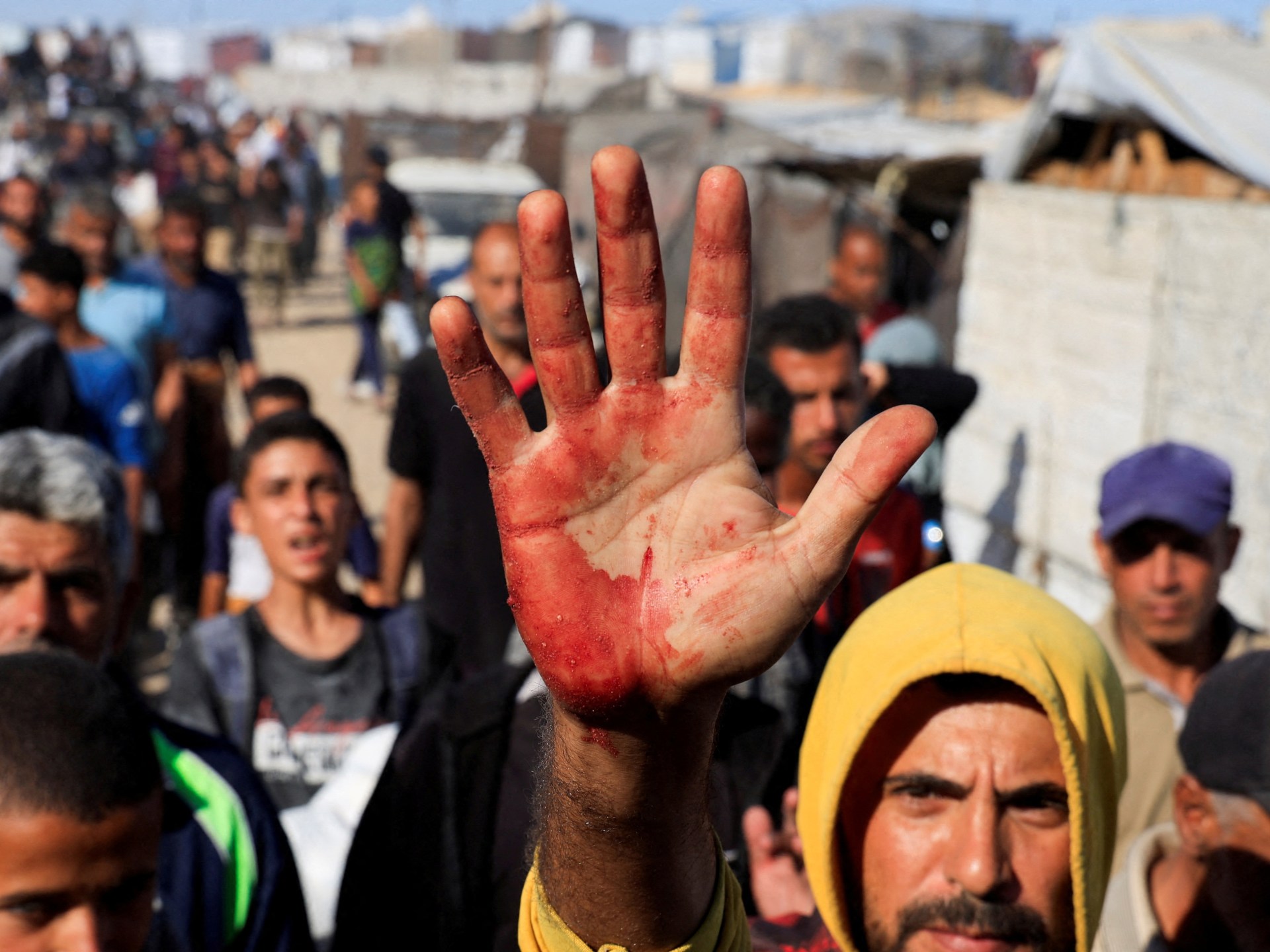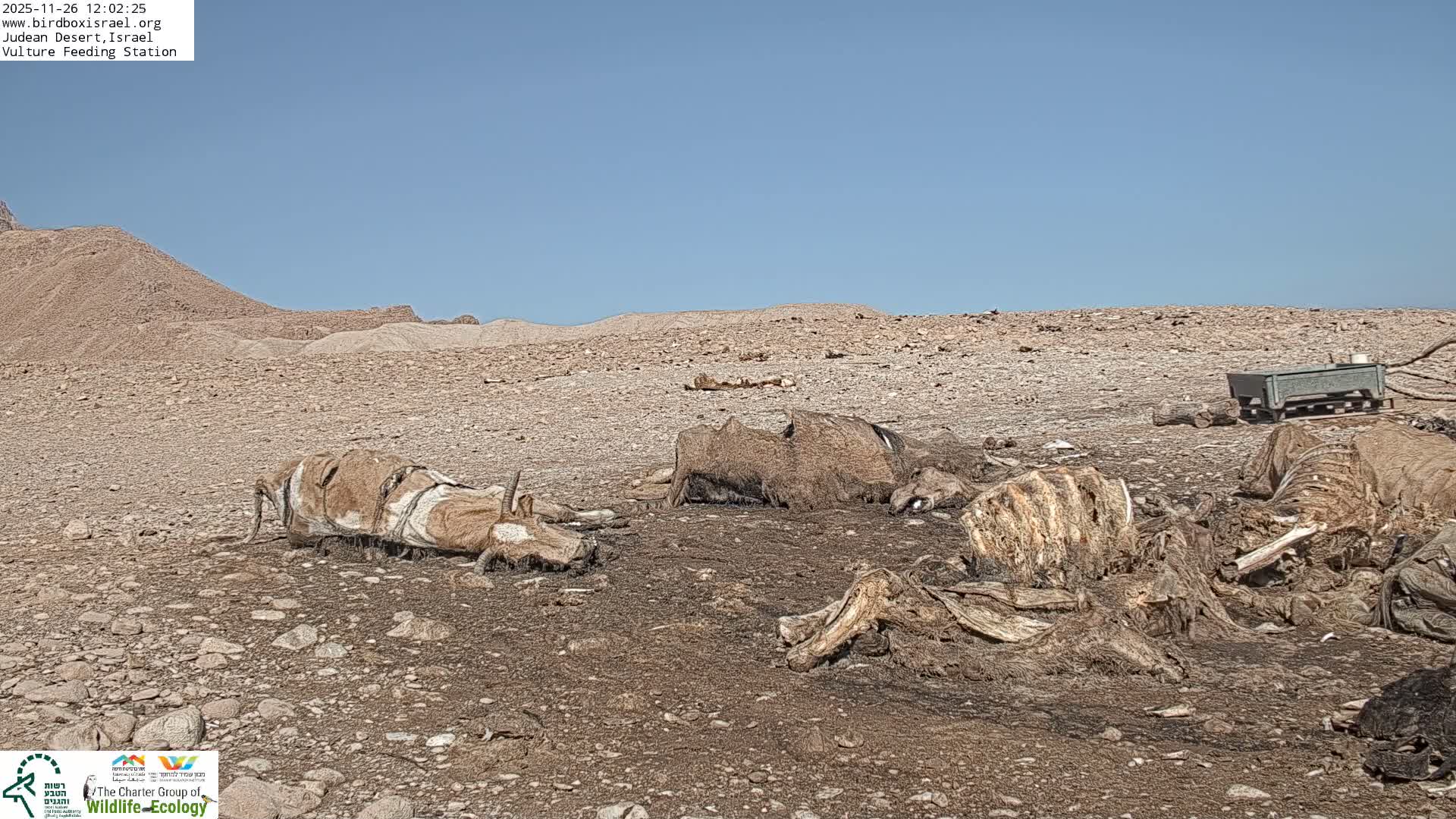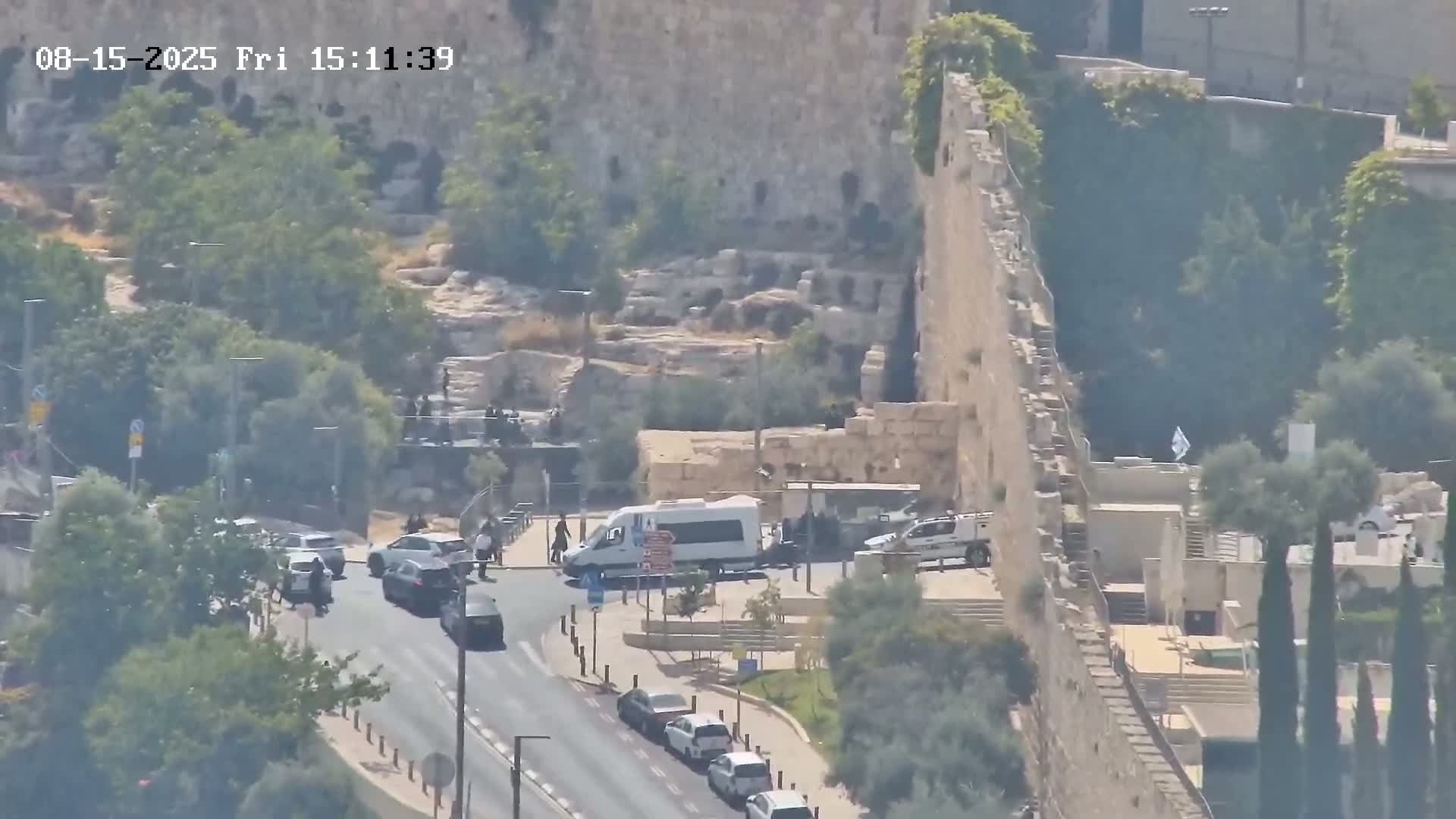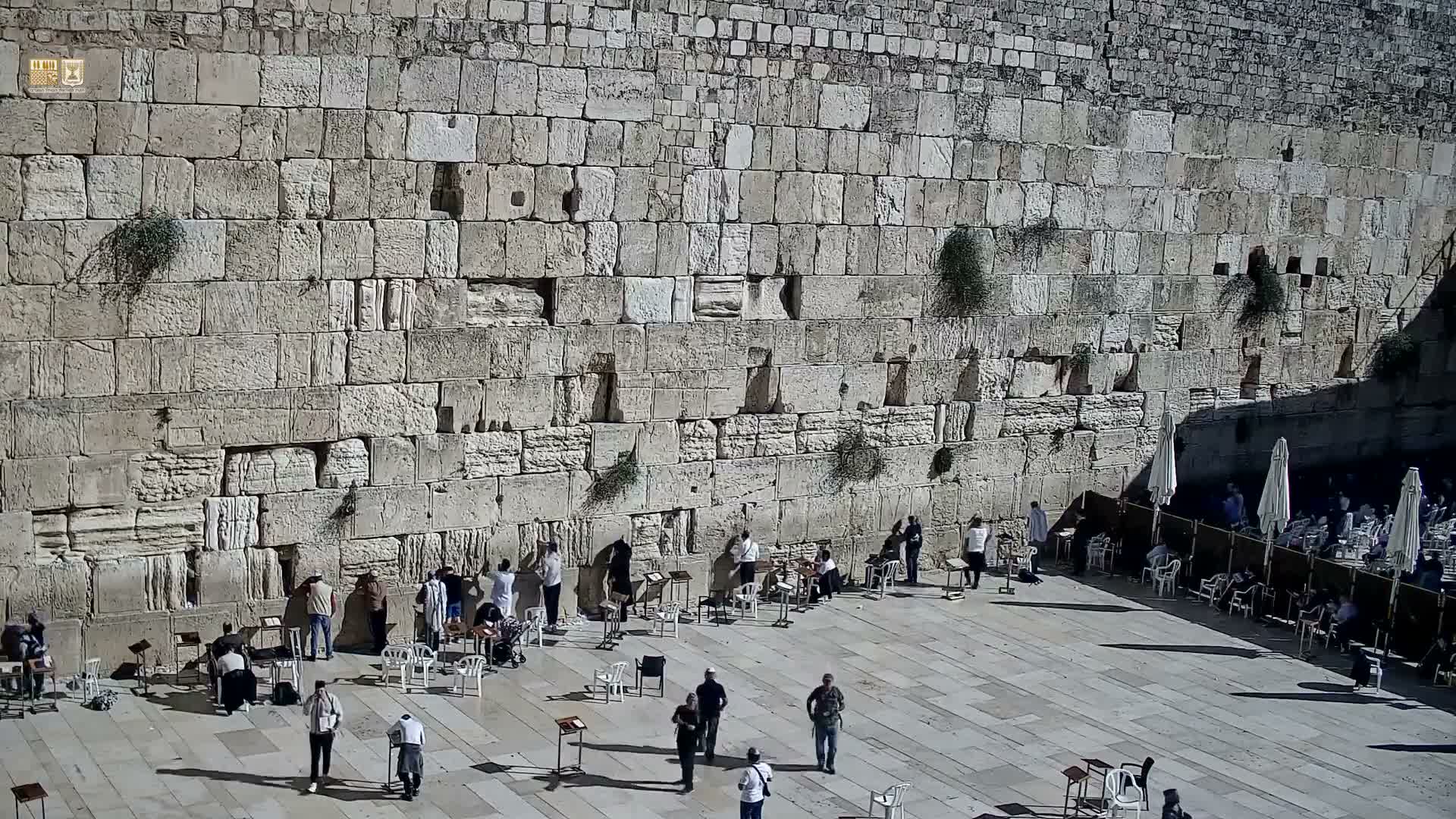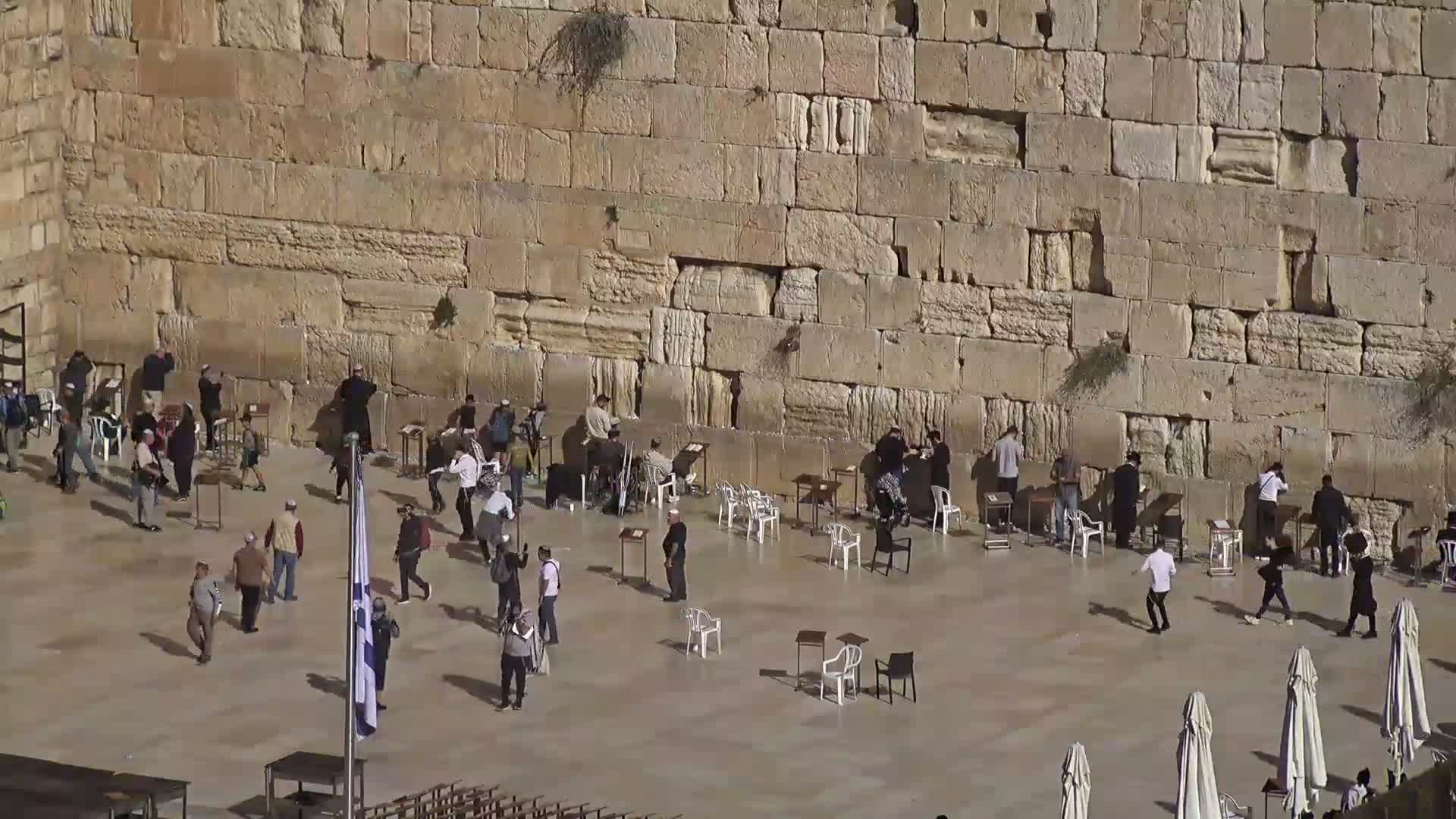Controversial US-Backed GHF Ends Aid Mission in Gaza
The Global Humanitarian Front (GHF), an organization with backing from the United States and Israel, has officially declared the cessation of its aid operations in the Gaza Strip. This announcement, made via a statement on Monday, marks the conclusion of a mission that began in May and has been mired in significant controversy.
A Mission Plagued by Criticism
From its inception, the GHF faced widespread condemnation for sidestepping established United Nations humanitarian aid structures within Gaza. Critics argued that its operations undermined the crucial work of organizations like UNRWA. Compounding the controversy were frequent reports of deadly violence occurring at or near GHF's crowded distribution sites, often involving Israeli soldiers and the GHF's own security contractors. These incidents led to tragic loss of life among Palestinians desperately seeking assistance.
GHF's Rationale for Withdrawal
According to GHF Executive Director John Acree's statement, the decision to end operations stems from provisions within the recent ceasefire agreement between Israel and Hamas, which took effect in October. Acree highlighted the establishment of the US-backed Civil-Military Coordination Center, designed to streamline aid into Gaza, and the partial resumption of UN-backed aid distribution efforts as key factors. The organization asserted its mission was successful in demonstrating "a better way to deliver aid to Gazans," claiming to be the "only aid operation that reliably and safely provided free meals directly to Palestinian people in Gaza, at scale and without diversion."
International Experts Challenge GHF's Claims
This self-assessment stands in stark contrast to the views of many international humanitarian figures. In August, 28 UN experts called for the GHF's dismantling, denouncing the initiative as an "utterly disturbing example of how humanitarian relief can be exploited for covert military and geopolitical agendas in serious breach of international law." They further detailed that "Israeli forces and foreign military contractors continue to open indiscriminate fire on people seeking aid at so-called ‘distribution sites’ operated by GHF," reporting at least 859 Palestinian deaths around GHF sites since late May.
Experts also pointed out that the GHF model diverged significantly from the UN's approach. Rather than bringing aid directly to affected communities, the GHF required aid seekers to undertake long and perilous journeys to a limited number of its sites. While the U.S. initially presented the GHF as a vital solution to aid delivery amidst Israel's severe restrictions and escalating famine warnings, UN officials consistently advocated for unrestricted access for independent aid workers.
Limited Footprint, Persistent Vision
The GHF statement confirmed it operated only four distribution sites in Gaza—three in the south and one near Gaza City. Despite the limited footprint and extensive criticism, the organization continues to champion its operational model as a blueprint for future aid deliveries. Its leaders have stated their readiness to "reconstitute if new humanitarian needs are identified" and affirmed that the GHF will maintain its status as a registered non-governmental organization. The withdrawal marks a contentious chapter in the ongoing efforts to address the severe humanitarian crisis in Gaza.

